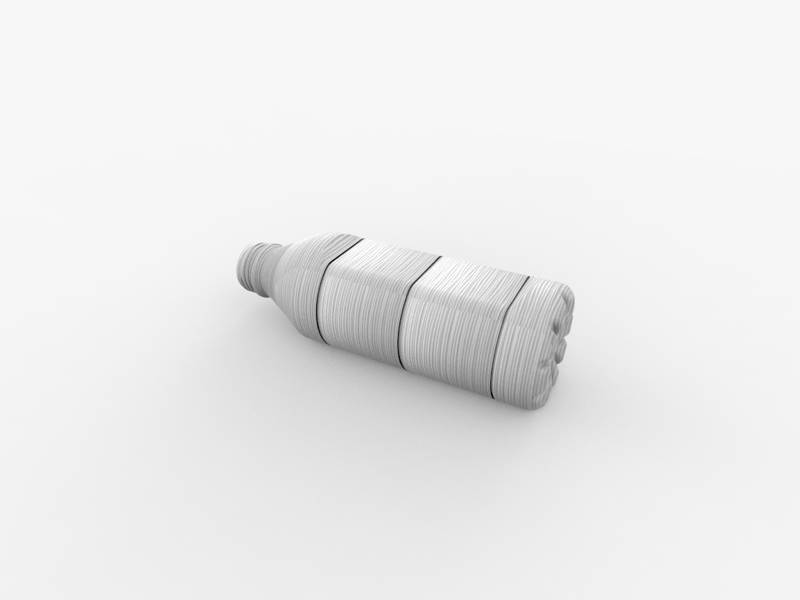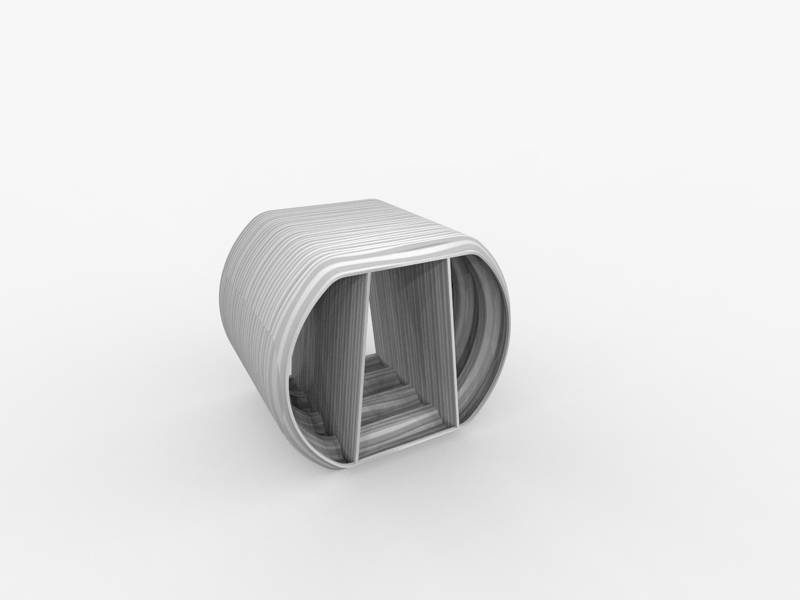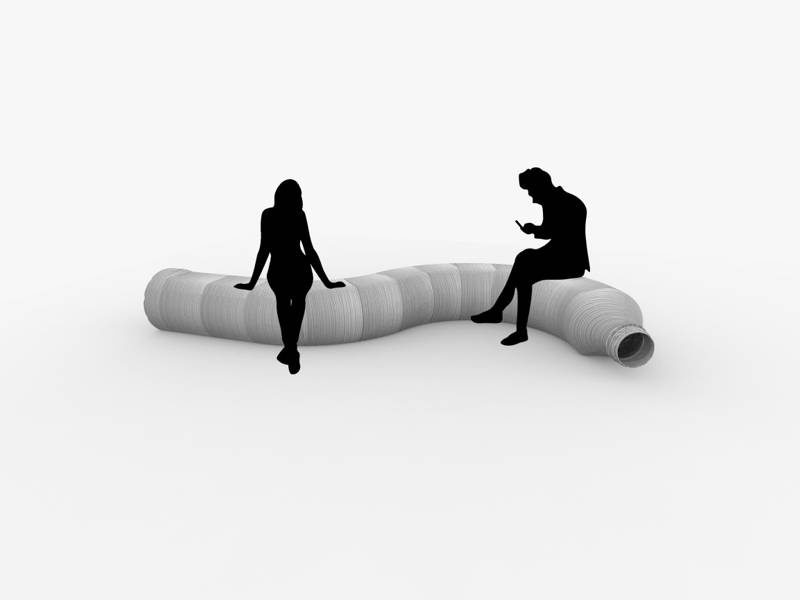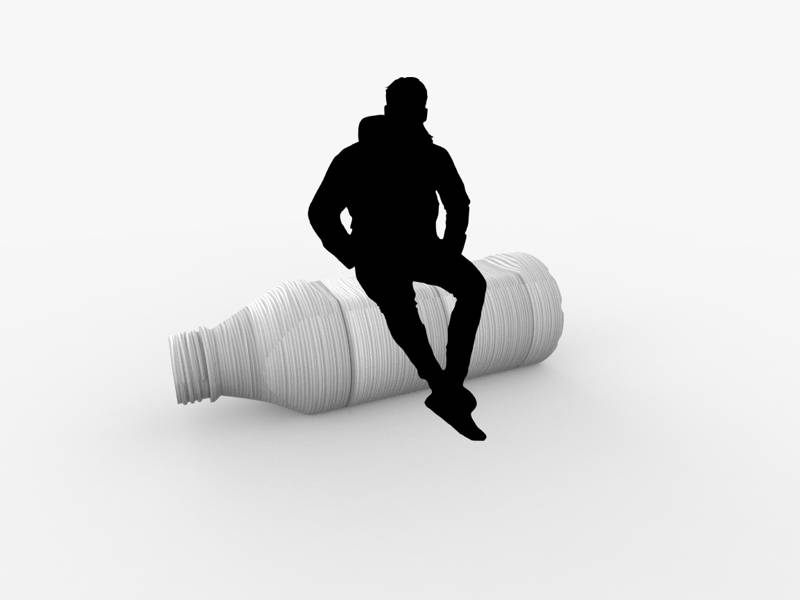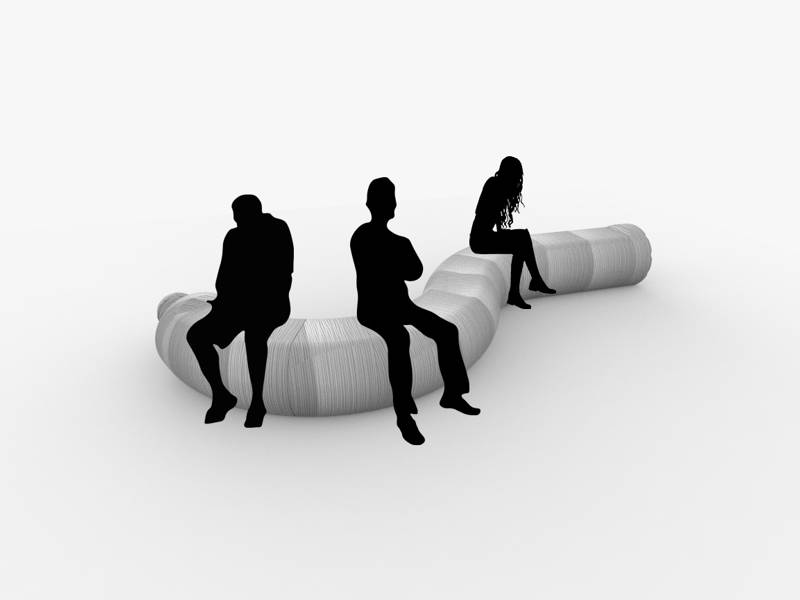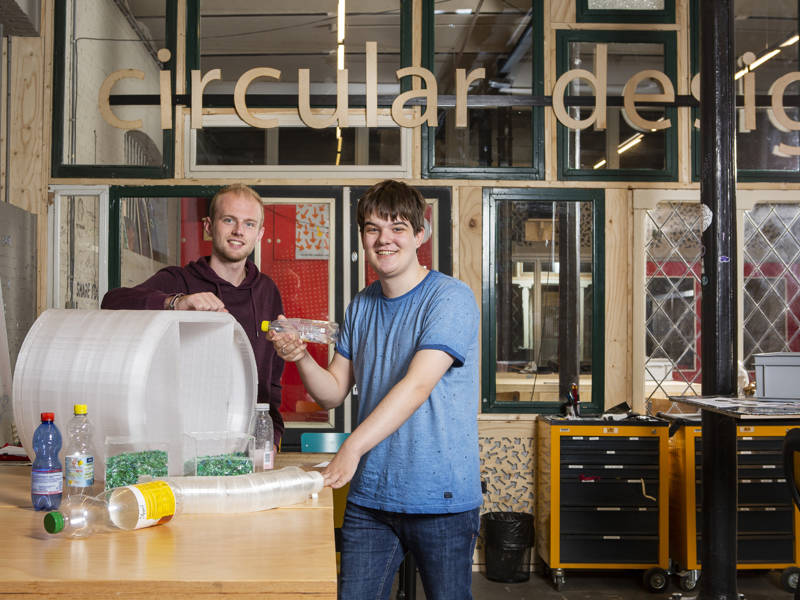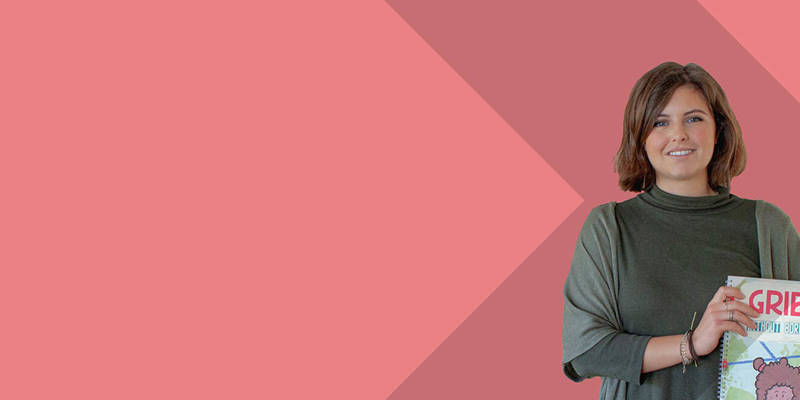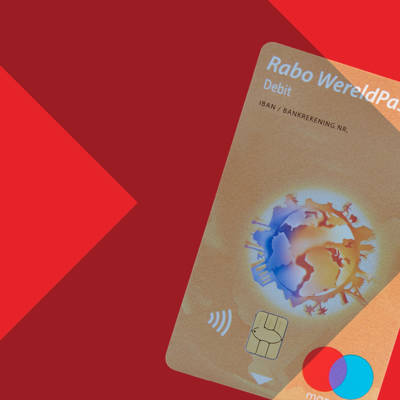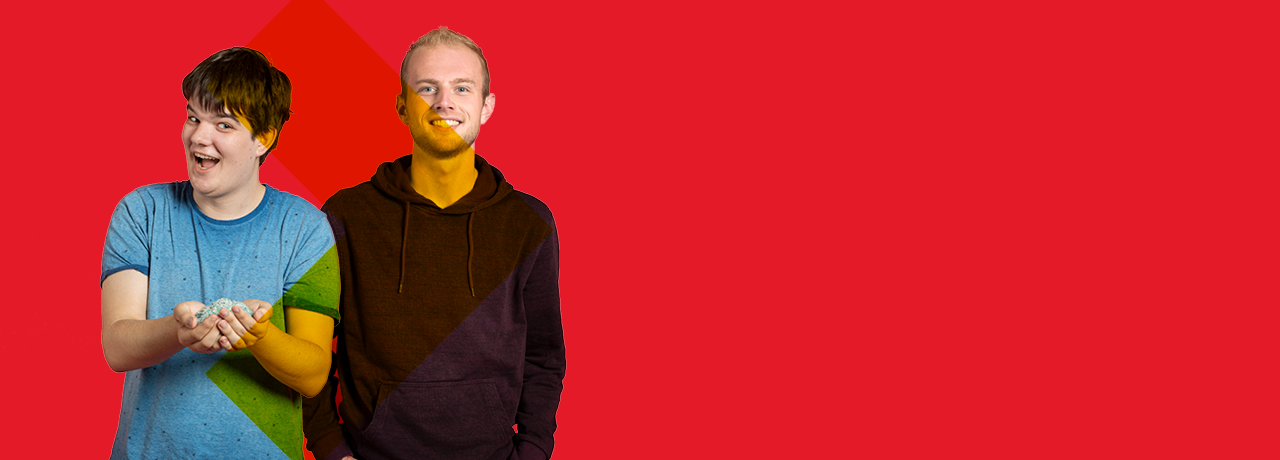
NHL Stenden-waste grows and shrinks 'Fless is more'-bench
The Mechanical Recycle Lab and the Circular Design Lab, both part of the professorship Circular Plastics, will collaborate this year on a unique recycling project. For this project, chemistry student Matthijs Dobbelaar literally put his hands in NHL Stenden's trash. Industrial Product Design student Arnold Hubach researched what he could do with all those plastics. The result: a bench that's shaped like a water bottle.
Both Matthijs (20) and Arnold (22) were working on the recycling process of NHL Stenden, both for their individual study programmes. Matthijs worked on a research assignment Arnold worked on his graduation project. When Arnold came to visit Matthijs, they decided to combine forces. "I'm not a designer," Matthijs says. "I was researching waste flows for Facility Services. I wasn't thinking about the possible uses of plastics. Arnold immediately had great ideas."
Trash scavenging
For his assignment, Matthijs went through the trash. Facility Services dumped about fifty kilos worth of trash bags onto his desk. "Most of it was paper, but I was looking for plastics. The office and classroom trash mostly contained a lot of cookie wrappers and coffee cups. Most of them still had coffee in them. I was covered in it. The cafeteria trash mostly consisted of soda bottles and smoothie cups. Most of the plastics were PET plastic."
Researching the quality of plastics
Matthijs examined the PET plastic quality. He washed it, shredded it to flakes, and mapped its elasticity and solidity. "I suspected a quality difference in bottles and smoothe cups, so I decided to examine the intrinsic viscosity, the IV value. The lower the IV value, the poorer the quality."
"I was able to show that there was a huge difference in IV values of different kinds of PET plastic. It allowed me to draw my own conclusion. It felt really good. I persisted in confirming my thesis. The disadvantage: I wasn't able to mix the plastics since it would reduce the overall quality."
Minor setback
Because of that, Matthijs had a minor setback: not having enough plastic. "I started placing recycle bins around the school. It didn't work. Instead of the bottles I was asking for, people threw in all kinds of stuff. After three weeks, I still didn't have enough. That's when I went to see waste management company Omrin. They provided me with plenty of high-quality plastics."
While washing the plastic, Matthijs was confronted with another setback. "I needed a new machine. The grid didn't work. It allowed plastic flakes to clog up the drain. It was a lot of plastic and water combined. It wasn't a quick fix."
Learned a lot
Looking back on his part of the project, Matthijs is very satisfied. "I've learned a lot about plastic, but also about starting my own project. That was new to me. On top of that, I've learned a lot about communicating with others in a project. People expected a lot of me, and it took me some time to get used to that."
Showing the value of waste
After collecting Matthijs' plastic, Arnold got started on his part of the project, which he initially calls an 'ambiguous project.' "I received the assignment of creating a product that would increase the NHL Stenden students' and employees' awareness of waste. The same product needed to show the value of waste. It struck me as complicated."
Arnold spent most of his time researching. It became clear to him that there are better ways to increase awareness of students and employees on the usefulness of recycling. "Originally, I come from Overijssel. There, we separate at the source. That means we separate our own garbage, which makes us more aware of the types of waste and amounts. In Friesland, Omrin uses post-separation. It struck me that people perceive recycling and waste differently because of that."
Less waste is always better
Arnold calls the research period 'very successful.' Based on the results, he designed a bench that will grow in size with more trash. "It allows you to show what's been thrown away. The bench consists of modules: whenever waste increases, the bench grows. When waste decreases, we remove a part. There is a minor caveat: the bench could have people believe that throwing away trash isn't a problem. So the bench is called 'Fless is more' since less waste is always better."
The production side went less smoothly. The collected plastic needed to be converted to a filament: a thread to print the bench. "Someone would arrange it, but they couldn't make it work. I continued to work during my holidays, but there was too little time, and a machine broke down." So Arnold decided to buy a filament. "I wanted to print at least one part. I did. You can sit on it. It allowed me to graduate contently!"
Go to the the website of Arnold Hubach for more information.
